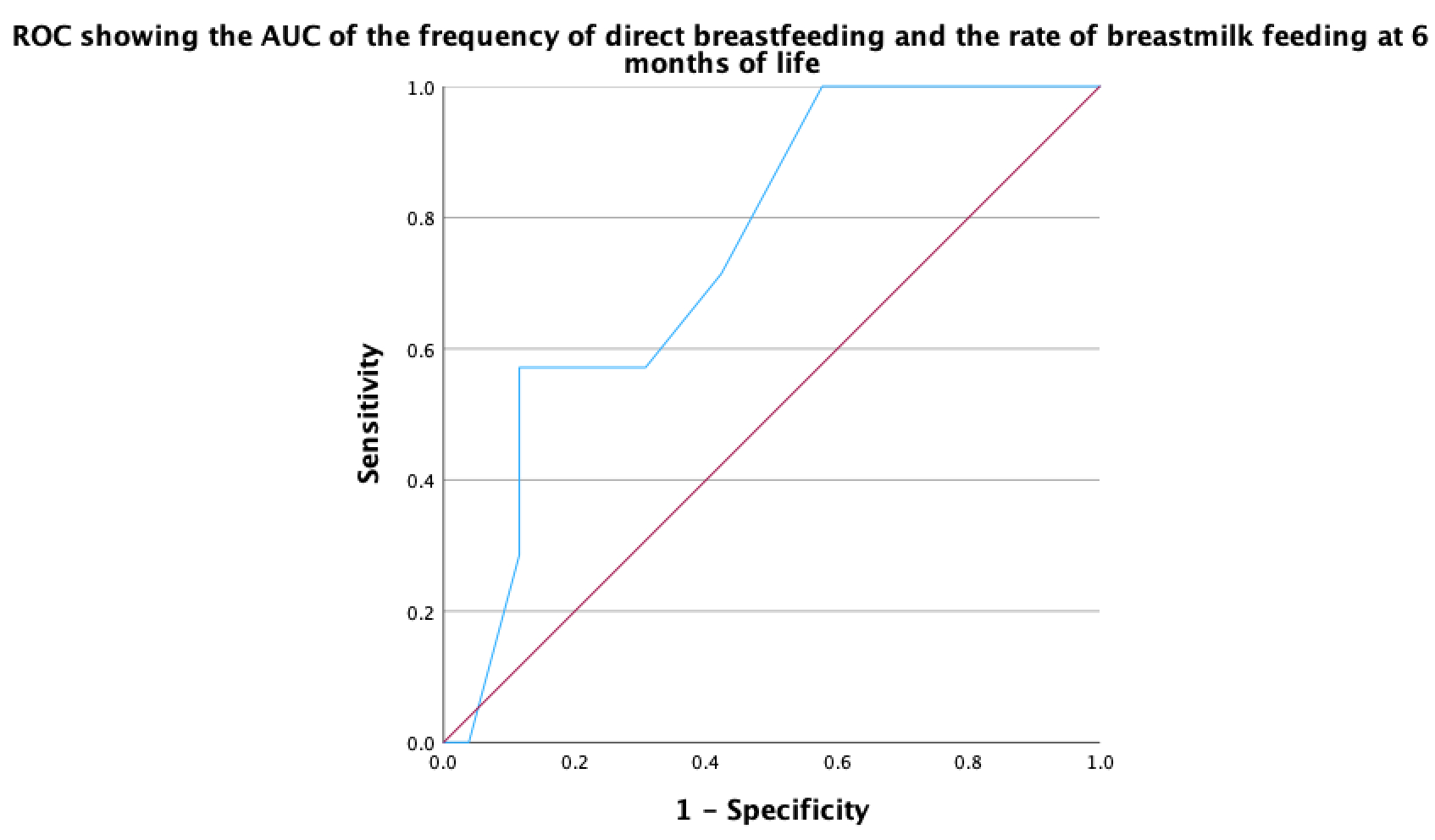Breastfeeding/Human Milk
Breastfeeding/Human Milk 4: Breastfeeding and Milk Provision
36 - Frequency of maternal direct breastfeeding in the NICU and its association with breastmilk feeding rate at 6 months in term and late-preterm infants
Publication Number: 36.202

Amanda Smith, MSN Nursing (she/her/hers)
Neonatal Nurse Practitioner
Cleveland Clinic Children's
Medina, Ohio, United States
Presenting Author(s)
Background:
Late preterm and term infants have a shorter stay in the NICU, where mothers initiate direct breastfeeding with or without the help of lactation consultants. Previous studies have shown an association between direct breastfeeding in the NICU and breastfeeding rates at one month and four months corrected gestational age in infants < 32 weeks and/or < 1500 grams at birth, but not much is known about breastfeeding frequency in late-preterm/term infants and its association with the duration of breastmilk feeding in the first six months of life of these infants.
Objective: We sought to determine the association of direct breastfeeding frequency during their NICU stay to the rate of breastmilk feeding of infants at the corrected age of six months.
Design/Methods:
In an urban, single-center, Ethics approved, retrospective cohort study, all infants born at 34 weeks and later, wherein infants were discharged on maternal breastmilk (expressed breastmilk or directly breastfed) were included. Infants with NICU stay for less than five days, medical contraindications to breastfeeding, and infants with more than one readmission or more than two emergency department visits in the first six months of life were excluded from the study.
Results: Thirty-three infants have met the inclusion criteria. The median gestation of the infants was 35 (34 to 41). Median birthweight was 2740 grams (1422 to 3860 grams), 24/33 males (72%), and median length of NICU stay was 11 days (5-37 days). Median maternal age was 29 years (17 to 42 years). Lactation consultants visited the mother 3 times during the stay (range 1- 9 times). Mothers directly breastfed their infant a median of 2 times during their stay (range 0-54). A total of 7/33 (21%) mothers continued to provide breastmilk to their infants at 6 months corrected age of the infant (breastfed or bottle-fed). The Area Under the Curve (AUC) of frequency of direct infant breastfeeding, adjusted for the length of stay on a Receiver Operating Curve (ROC), was 0.91 (p=0.001, 95% CI 0.81 to 1) for whether the infant still received breastmilk at 6 months. The AUC for the predictive ability of frequency of lactation visits was 0.75 (p=0.04, 95% CI 0.57 to 0.93) (Figure 1).
Conclusion(s):
Increased frequency of direct breastfeeding of late-preterm and term infants by the mother during their NICU admission is associated with a significantly higher probability of infants still receiving breastmilk at 6 months of life after adjusting for the length of stay. Increased lactation visits also predicted a higher likelihood of breastmilk feeding at 6 months.
